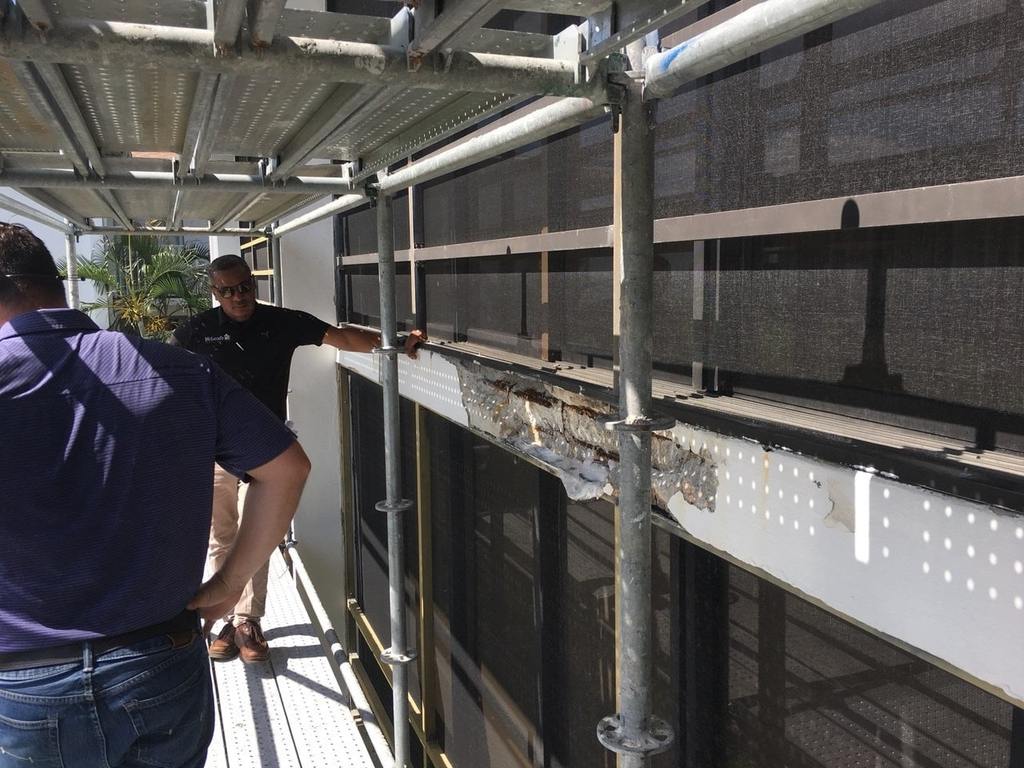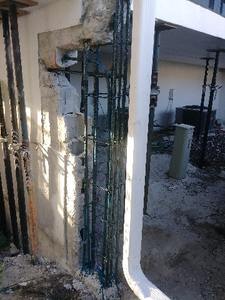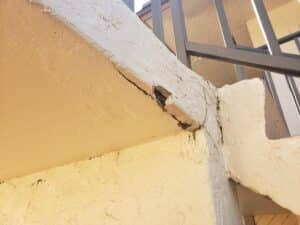Sealing windows and doors is crucial for keeping your home protected from leaks and drafts. Proper sealing not only helps to maintain a comfortable indoor temperature but also improves energy efficiency, saving you money on utility bills. A good seal prevents water from entering your home, reducing the risk of damage to walls, floors, and personal belongings.
Sealing your windows and doors also helps to keep out dust, pollen, and pests, making your living environment healthier and more comfortable. With the right materials and techniques, you can effectively seal your windows and doors, ensuring they remain in good condition for years to come. This process may seem straightforward, but knowing the best practices can make a significant difference in the effectiveness and longevity of your seals.
In this article, we will discuss the importance of sealing windows and doors, the essential materials and tools needed, a step-by-step guide to the sealing process, and tips for maintaining your seals. By following these guidelines, you can keep your home leak-free and energy-efficient, enhancing both comfort and value.
Understanding the Importance of Sealing Windows and Doors
Sealing windows and doors is crucial for maintaining the energy efficiency and comfort of buildings. Poorly sealed windows and doors can lead to drafts, making it difficult to regulate indoor temperatures. This not only affects comfort but also increases energy bills, as heating and cooling systems have to work harder to maintain the desired temperature.
In addition to energy efficiency, sealing windows and doors prevents water from entering the building. Water infiltration can cause significant damage, including mold growth, wood rot, and wall deterioration. By ensuring proper seals, we can protect the structural integrity of buildings and avoid costly repairs. Effective sealing also helps reduce noise from outside, creating a quieter and more peaceful indoor environment.
Materials and Tools Needed for Effective Sealing
To effectively seal windows and doors, having the right materials and tools is essential. Here are the key items you will need:
1. Sealant: A high-quality sealant, such as silicone or polyurethane, is necessary for filling gaps and cracks. These flexible and durable materials provide long-lasting protection against drafts and water infiltration.
2. Caulking Gun: A caulking gun is used to apply the sealant smoothly and evenly. Make sure to choose a caulking gun that is easy to handle and has a comfortable grip.
3. Weatherstripping: Weatherstripping is used to seal the edges of windows and doors. It comes in various materials, such as foam, rubber, or vinyl, and helps prevent air leaks and moisture entry.
4. Putty Knife: A putty knife is useful for removing old caulk and preparing surfaces for new sealant. It ensures that the new sealant adheres properly to the surface.
5. Scissors or Utility Knife: These tools are needed to cut weatherstripping to the appropriate length and shape.
6. Cleaning Supplies: Before applying sealant or weatherstripping, clean the surfaces thoroughly. Use a mild detergent, water, and a scrub brush to remove dirt, debris, and old caulk residue.
Having these materials and tools ready ensures that the sealing process is smooth and effective, providing lasting benefits for your building.
Step-by-Step Guide to Sealing Windows and Doors
Sealing windows and doors effectively involves a series of steps. Follow this guide to ensure the best results:
1. Prepare the Surface: Start by cleaning the edges of windows and doors. Remove old sealant or caulk using a putty knife. Clean the surface thoroughly with mild detergent and water, then let it dry completely. This will ensure the new sealant adheres well.
2. Apply Sealant: Load the caulking gun with your chosen sealant. Cut the tip of the sealant tube at a 45-degree angle for better control. Apply a consistent bead of sealant along the edges of windows and doors, filling any gaps and cracks. Smooth the sealant with your finger or a caulking tool to ensure even coverage.
3. Install Weatherstripping: Measure the edges of your windows and doors where weatherstripping is needed. Cut the weatherstripping to the appropriate length using scissors or a utility knife. Peel off the backing and press the weatherstripping firmly into place along the edges. Ensure it forms a tight seal without obstructing the function of the windows and doors.
4. Check for Gaps: After applying the sealant and weatherstripping, check for any missed gaps or areas that need more sealant. Address these immediately to maintain a complete seal. Allow the sealant to cure according to the manufacturer’s instructions, typically 24 hours.
Maintenance Tips to Keep Seals Intact and Leak-Free
Keeping seals on windows and doors in good condition requires regular maintenance. Here are some tips to help you maintain effective seals:
1. Inspect Regularly: Conduct regular inspections, at least twice a year, to check for any signs of wear and tear. Look for cracks, gaps, or areas where the sealant is peeling or deteriorating.
2. Clean Seals: Dirt and debris can compromise the effectiveness of seals. Clean the edges of windows and doors regularly to ensure they remain intact. Use a mild detergent and water to clean the surfaces gently.
3. Repair Damages Promptly: Address any damages as soon as you notice them. If you see cracks or gaps in the sealant, reapply sealant to those areas. Replace weatherstripping if it becomes worn or damaged.
4. Protect from Elements: Extreme weather conditions can affect the durability of seals. During harsh weather, take extra care to protect windows and doors. Storm shutters or additional protective barriers can help reduce the impact of severe weather.
5. Lubricate Moving Parts: Lubricate hinges and locks on doors and windows to ensure they function properly and do not compromise the seals. Use a silicone-based lubricant to keep these parts in good condition.
Conclusion
Properly sealing windows and doors is vital for preserving your building’s energy efficiency and structural integrity. By understanding the importance of sealing, using the right materials, and following an effective sealing process, you can protect your property from drafts, water damage, and noise. Regular maintenance will ensure that the seals remain intact and effective over time, saving you money on energy bills and potential repairs.
Stay proactive with sealing and maintenance tasks to keep your building comfortable and safe. For expert guidance and support with your waterproofing and sealing needs, contact McLeod’s Contracting Solutions. Our team is here to help you achieve the best results. Call us today to get started!







